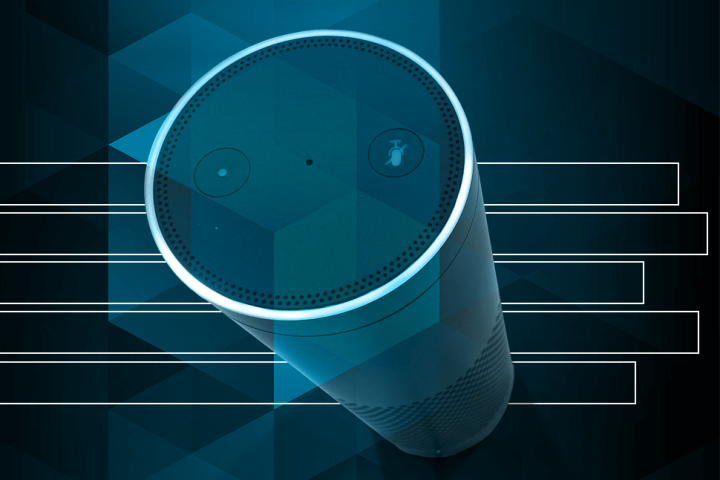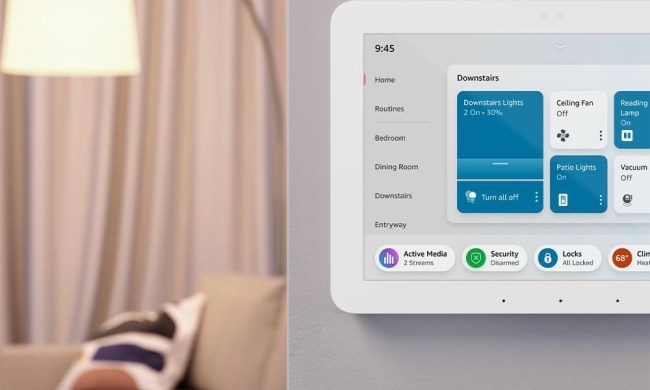
Surprisingly enough, the tools required to bring Alexa to life don’t seem to be all that complicated — you’ll need a Raspberry Pi 2 and a USB microphone for starters, but otherwise, the equipment is relatively basic. Got an Ethernet cable? Great. A micro-SD card? Even better. And if not, don’t worry. The instructions link out to the Amazon page where you can purchase these items.
While other DIY hacks for building an Amazon Echo have floated around the Web before, this may be the most comprehensive and detailed guide to date (probably because it comes from the horse’s mouth — Amazon itself). With a full list of hardware and extensive directions on everything from getting started, to installing the VLC media player, to registering for an Amazon developer account, you can rest assured that your hand will be held throughout this entire, very cool process.
Of course, we should note that this homegrown version of the Echo won’t be triggered by any of the classic cue words — rather, you’ll have to press a button to tell Alexa you’re talking to her. But hey, if someone wants to figure out how to get around that and open source it as well, that would be great.
So if you’re looking for a project over this Easter weekend, consider building your own Amazon Echo. At the very least, it’ll be like creating another friend to talk to.


